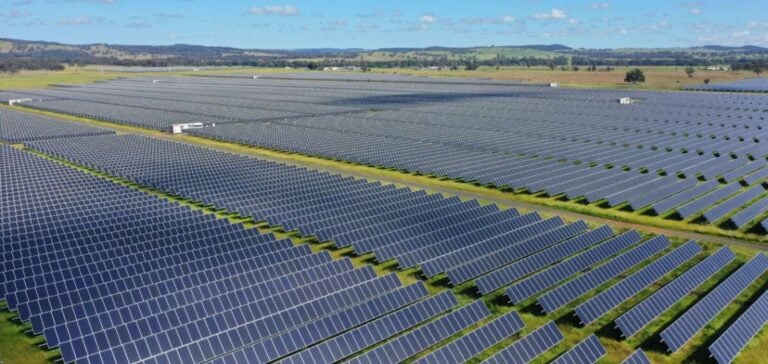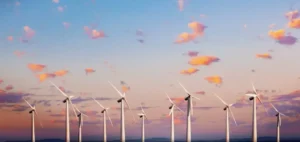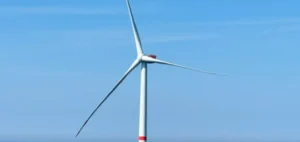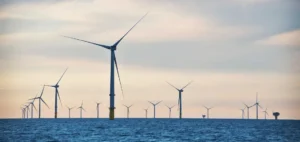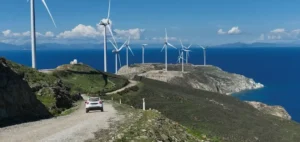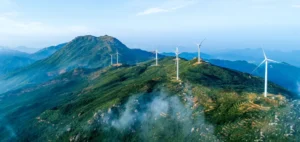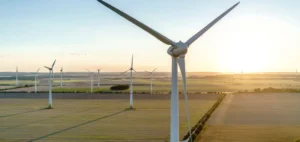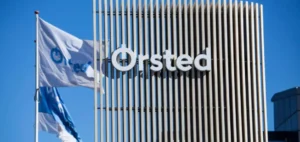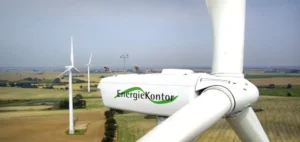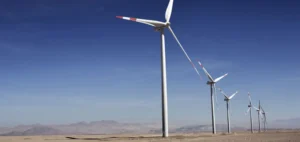The renewable energy sector in Australia has achieved a significant milestone with the Energy Corporation of NSW (EnergyCo) increasing the connection capacity in the Central-West Orana Renewable Energy Zone (REZ). Located in New South Wales, this zone plays a pivotal role in the country’s energy transition.
The new capacity, now raised to 7.7 gigawatts (GW), will enable a wide range of renewable projects to connect to the transmission network. This decision, formalized under the Central-West Orana REZ access scheme, is based on a recently announced transfer capacity determination by EnergyCo.
Resource Optimization and Existing Infrastructure
The existing transmission network, with a base capacity of 4.5 GW, will support 7.7 GW of projects due to the interoperability of wind, solar, and storage technologies. These systems operate at different times of the day, maximizing the use of existing infrastructure without requiring immediate expansions.
EnergyCo clarified that this capacity increase does not expand the current transmission corridor of the Central-West Orana REZ. Any future extensions will be subject to separate planning and regulatory approval processes.
A Strategic Lever for Energy Transition
This decision comes as Australia accelerates efforts to meet the growing demand for clean electricity and achieve its climate goals. Projects connected under this initiative will include wind farms, solar plants, and large-scale batteries.
With this measure, the Central-West Orana REZ positions itself as a central platform for attracting investment in renewable energy. Market players, including project developers and institutional investors, are closely monitoring these advancements, which could inspire similar initiatives in other regions.

